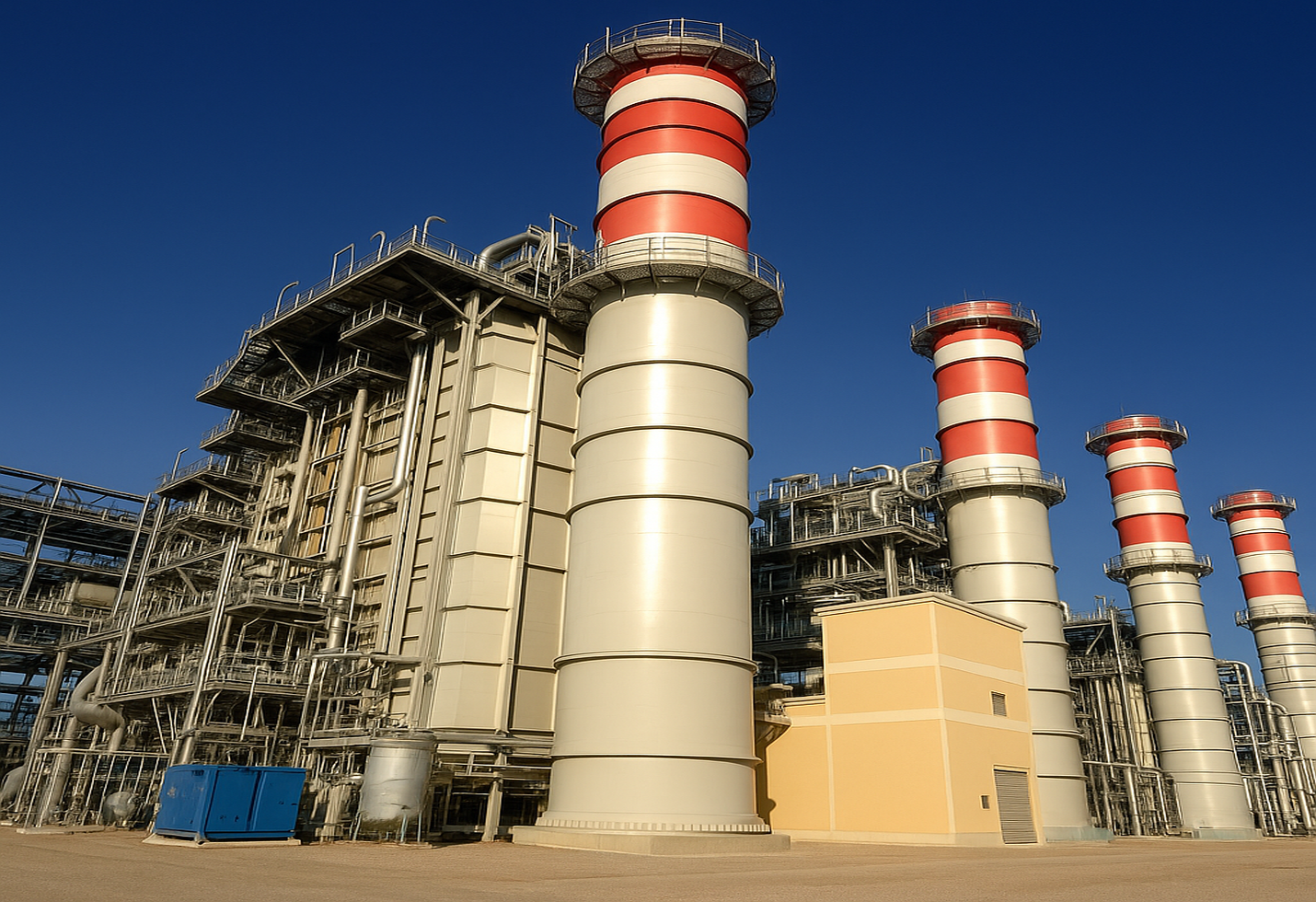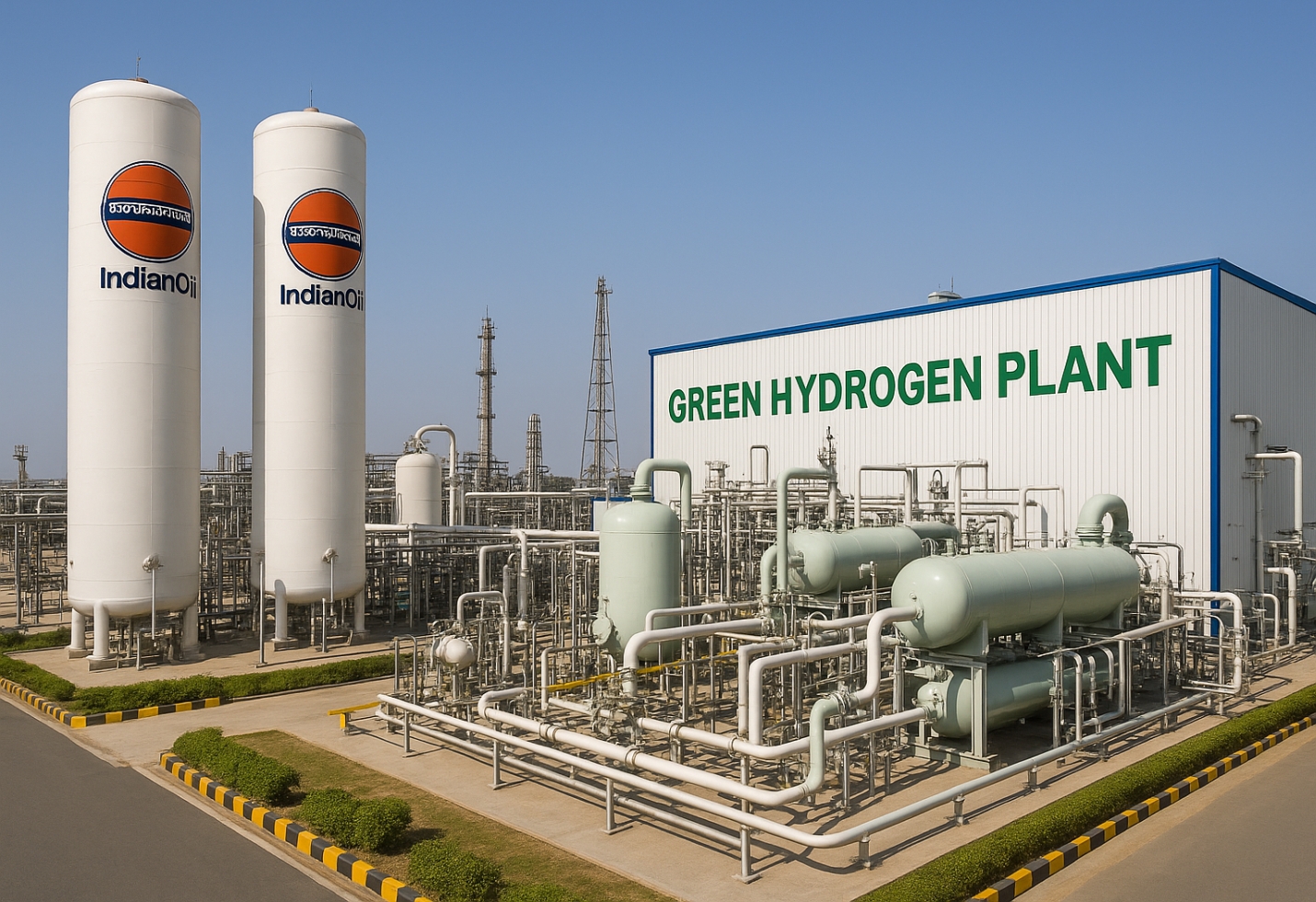ACME Solar Unveils 19.8 MW Wind Project in Gujarat
ACME Solar Holdings adds 19.8 MW wind power capacity in Gujarat, pushing total renewable capacity to 2,826.2 MW as it nears full commissioning of its 50 MW Shapur wind project.
Summary:
ACME Solar Holdings has successfully launched an extra 19.8 MW of wind capacity in Shapur, Gujarat, contributing to its overall 50 MW wind project. This new phase comes after a 26.4 MW deployment in May, increasing the total operating capacity of the project to 46.2 MW. With just 3.8 MW remaining, the company is poised to complete the project shortly. ACME’s cumulative renewable energy portfolio now stands at an impressive 2,826.2 MW, underscoring its position as a key player in India’s transition toward clean energy.
ACME Solar Holdings Ltd, one of India’s leading renewable energy companies, has successfully commissioned 19.8 megawatts (MW) of wind power capacity in Shapur, Gujarat. This milestone marks the second phase of the company’s 50 MW wind power project in the region. Combined with the 26.4 MW already commissioned in May 2025, the company has now operationalized 46.2 MW of the total project capacity.
This gradual implementation is a component of ACME Solar’s larger plan to expand its renewable energy offerings and sustain progress in India’s shift toward cleaner energy. The commissioning of the remaining 3.8 MW is expected to be completed in the coming weeks, effectively concluding the Shapur wind project.
Boosting Renewable Energy Footprint
With this recent update, ACME Solar’s total renewable energy capacity has now totalled 2,826.2 MW across its entire portfolio. The company continues to cement its leadership position in the renewable sector with an expanding mix of solar and wind energy projects deployed across various Indian states.
This wind project in Shapur not only strengthens the company’s wind portfolio but also reflects its hybrid energy ambitions. ACME is increasingly leveraging synergies between solar and wind power to deliver integrated energy solutions and optimize grid integration.
Shapur Wind Project: A Strategic Investment
Located in the wind-rich district of Shapur in Gujarat, the 50 MW project is a strategic part of ACME’s broader vision to tap into India’s diverse renewable resources. Gujarat has emerged as a preferred destination for wind energy projects due to its favourable wind conditions, well-developed infrastructure, and proactive state government policies supporting green energy.
The Shapur project has been designed with state-of-the-art wind turbine technology to maximize energy yield and efficiency. Once the remaining 3.8 MW is commissioned, the project is expected to generate enough clean electricity to power approximately 50,000 households annually while offsetting over 95,000 tonnes of carbon emissions each year.
ACME Solar’s Growing Green Energy Ambitions
Founded in 2003, ACME Solar has emerged as a prominent figure in the renewable energy sector in India. While the company started as a solar energy firm, it has since expanded into wind and hybrid projects, keeping pace with evolving energy needs and policy frameworks.
The commissioning of the Shapur wind capacity aligns with ACME’s larger vision of achieving a 5 GW renewable energy portfolio in the next few years. The company’s operational projects span multiple states, including Rajasthan, Madhya Pradesh, Uttar Pradesh, Karnataka, and Tamil Nadu, making it a significant contributor to India’s ambitious target of achieving 500 GW of non-fossil fuel-based capacity by 2030.
Policy and Market Context
India’s renewable energy sector has been experiencing accelerated growth, supported by favourable government policies, improved financing mechanisms, and global climate commitments. The Ministry of New and Renewable Energy (MNRE) continues to offer incentives and ease regulatory processes, boosting investor confidence.
Moreover, with increased demand for clean power from commercial and industrial (C&I) consumers, developers like ACME Solar are well-positioned to cater to the market. The recently commissioned capacity in Gujarat also contributes toward the state’s renewable energy target of 67 GW by 2030, showcasing how public and private sector cooperation can drive meaningful progress.
Future Outlook
The successful commissioning of 46.2 MW out of the intended 50 MW highlights ACME Solar’s expertise in project execution. The near-term commissioning of the final 3.8 MW will mark the completion of another significant renewable milestone for the company.
Looking ahead, ACME is expected to continue expanding both organically and through partnerships. The company is also exploring green hydrogen, battery storage solutions, and international projects, reinforcing its commitment to sustainable innovation.
As India strives to reduce its carbon footprint and transition to a cleaner energy matrix, players like ACME Solar are not just participating in the energy revolution—they are actively shaping it.
:
The image added is for representation purposes only










